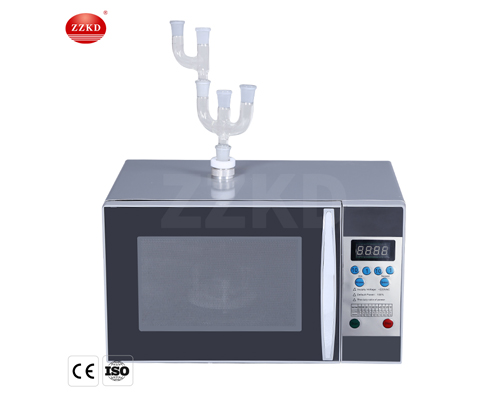Laboratory microwave chemical reactor introduction
A laboratory microwave chemical reactor is a device used to carry out chemical reactions using microwave energy as a source of heat. These reactors have gained popularity in recent years due to their ability to accelerate chemical reactions, improve reaction yields, and reduce reaction times compared to traditional methods of heating.
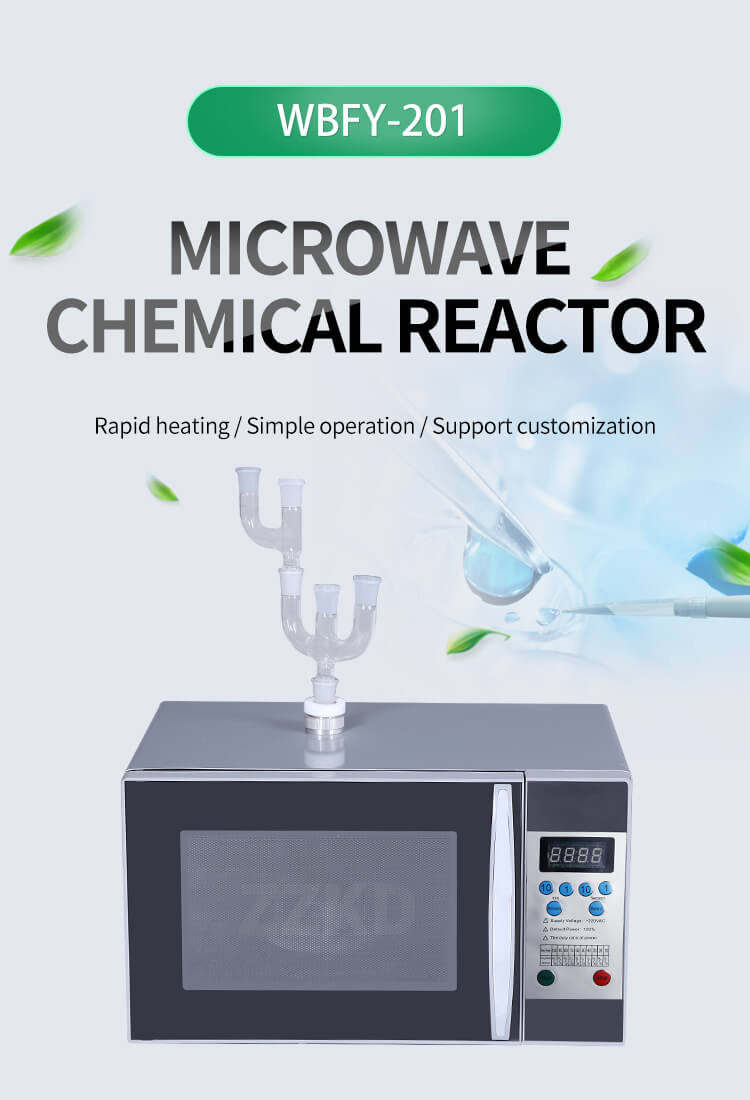
The reactor consists of a microwave generator, a waveguide, and a reaction vessel. The reaction vessel can be made of various materials such as glass, ceramic, or Teflon, depending on the nature of the reaction being carried out. The vessel is placed in the waveguide, which directs the microwave energy into the reaction mixture, causing it to heat up quickly and uniformly.
One of the main advantages of using a microwave reactor is the ability to control reaction conditions more precisely. This includes the ability to control temperature, pressure, and reaction time more accurately compared to traditional methods of heating, which can lead to better reproducibility of results.
Microwave reactors are used in a wide range of applications, including organic synthesis, material science, and catalysis. They have also been used in the pharmaceutical industry for drug discovery and development, as well as in the food industry for processing and preservation.
The use of microwave reactors has revolutionized the field of chemical synthesis, providing chemists with a powerful tool for accelerating and optimizing chemical reactions.
Laboratory microwave chemical reactor Features:
Laboratory microwave chemical reactors have several features that make them a popular choice for carrying out chemical reactions. Some of the key features include:
- Rapid and uniform heating: Microwave reactors allow for rapid and uniform heating of reaction mixtures, which can lead to faster reaction times and higher yields.
- Precise temperature control: Microwave reactors allow for precise temperature control, with the ability to heat samples to specific temperatures and maintain those temperatures for precise periods of time.
- Enhanced reaction selectivity: The selective heating of reactants in a microwave reactor can lead to enhanced reaction selectivity, enabling chemists to carry out reactions that may not be feasible with traditional heating methods.
- Safety features: Microwave reactors often include safety features, such as automatic shut-off and pressure relief valves, to ensure safe operation and prevent accidents.
- Small sample sizes: Microwave reactors are often used for small-scale reactions, allowing chemists to optimize reaction conditions and reduce the amount of waste generated.
- Cost-effective: Compared to traditional heating methods, microwave reactors can be a cost-effective option for carrying out chemical reactions, as they require less energy and can be more efficient.
- Versatility: Microwave reactors can be used for a wide range of reactions, including organic synthesis, material science, and catalysis, making them a versatile tool for chemists in various fields.
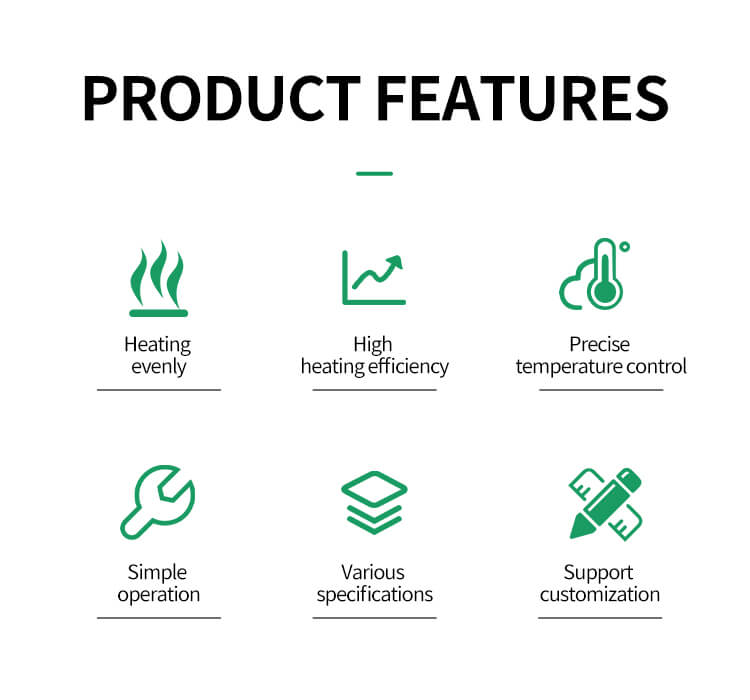
Laboratory microwave chemical reactor Application:
Laboratory microwave chemical reactors have a wide range of applications in various fields, including:
- Organic synthesis: Microwave reactors are commonly used in organic synthesis to accelerate reaction rates, reduce reaction times, and improve yields. They can be used for a variety of reactions, including esterification, alkylation, and hydrogenation.
- Material science: Microwave reactors are used in material science for the synthesis of nanoparticles, nanowires, and other advanced materials. The rapid heating and precise temperature control of microwave reactors make them ideal for these types of reactions.
- Catalysis: Microwave reactors are also used in catalysis research for the synthesis of new catalysts and the optimization of reaction conditions. They can be used for both homogeneous and heterogeneous catalysis.
- Pharmaceutical industry: Microwave reactors are used in the pharmaceutical industry for drug discovery and development. They can be used to synthesize and optimize new drug candidates and to carry out various chemical transformations required in the drug development process.
- Food industry: Microwave reactors are used in the food industry for processing and preservation. They can be used for various food processing applications, such as drying, blanching, and sterilization.
- Environmental science: Microwave reactors can also be used in environmental science for the degradation of pollutants. They can be used for the destruction of organic pollutants, such as pesticides and herbicides, in soil and water samples.
Laboratory microwave chemical reactors have a broad range of applications in various fields and are a powerful tool for accelerating and optimizing chemical reactions.
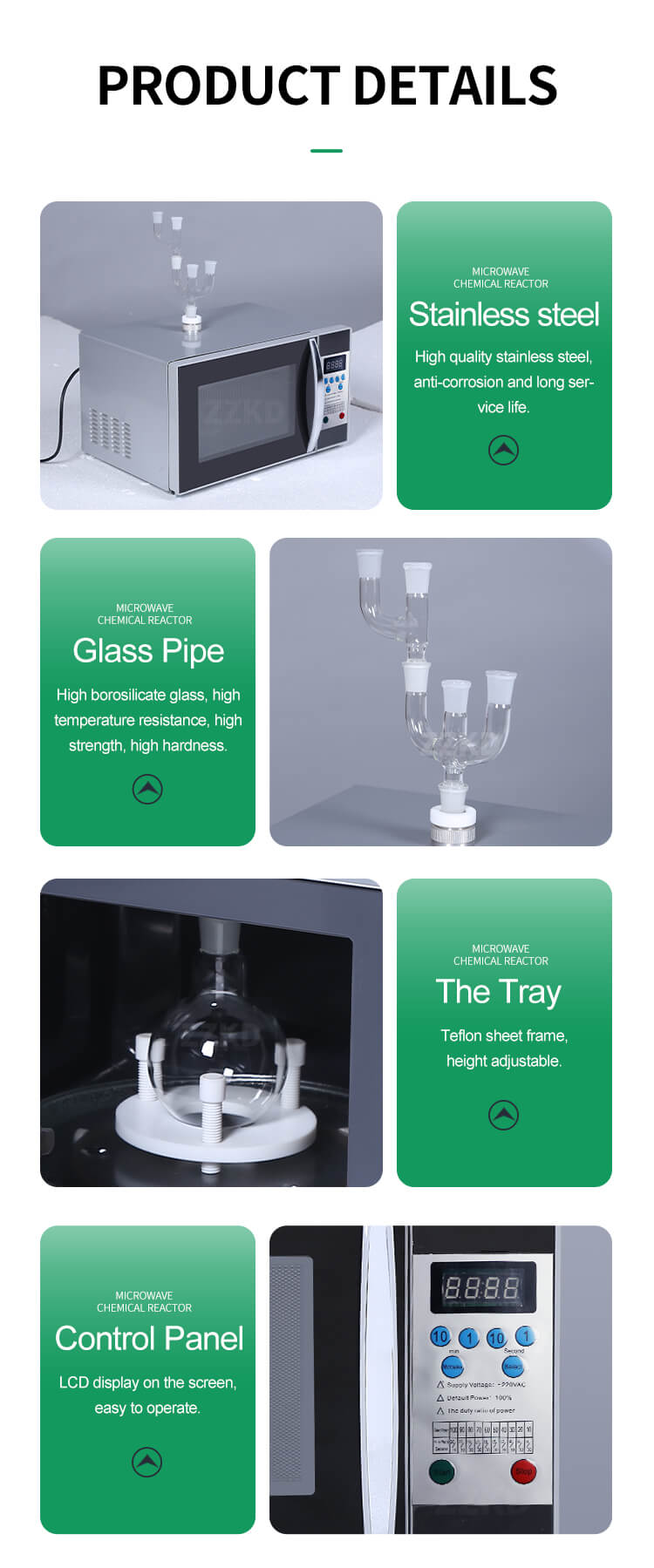
Case : ZZKD Company Selling Laboratory microwave chemical reactor to a Chilean Customer
ZZKD Company, a leading manufacturer of laboratory microwave chemical reactors, recently sold one of their products to a customer in Chile. The customer, a research scientist at a Chilean university, was interested in using a microwave reactor for organic synthesis and material science research.
The customer initially contacted ZZKD Company to inquire about the features and capabilities of their laboratory microwave chemical reactors. After discussing the customer’s specific research needs and budget, ZZKD Company recommended their 1000mL laboratory microwave chemical reactor, which is designed for small-scale reactions and has precise temperature control and rapid heating capabilities.
The customer was impressed with the features and specifications of the microwave reactor and decided to purchase it. ZZKD Company arranged for the shipment of the product to the customer’s laboratory in Chile and provided detailed instructions on how to set up and operate the reactor.
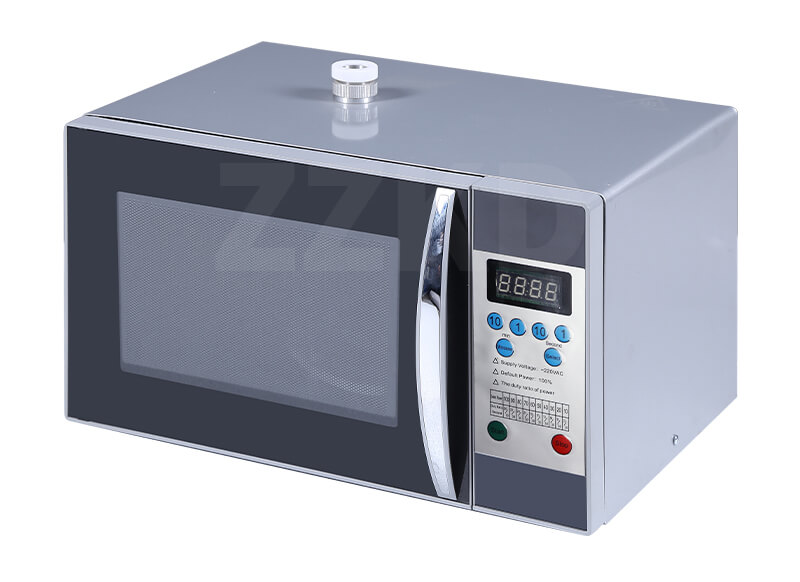
After several weeks of using the microwave reactor, the customer provided positive feedback to ZZKD Company. They reported that the reactor had exceeded their expectations, allowing them to perform reactions that were not possible with traditional heating methods. The customer also praised the precise temperature control and rapid heating capabilities of the reactor, which had led to faster reaction times and higher yields.
The customer further reported that the microwave reactor was easy to operate and maintain, and that the customer service and technical support provided by ZZKD Company were excellent. The customer expressed their satisfaction with the product and their overall experience with ZZKD Company.
In conclusion, the sale of a laboratory microwave chemical reactor to a Chilean customer by ZZKD Company was a successful transaction that resulted in a satisfied customer. The customer’s positive feedback highlights the value and benefits of using a microwave reactor for chemical synthesis and research. It also reflects the quality and reliability of ZZKD Company’s products and customer service.

